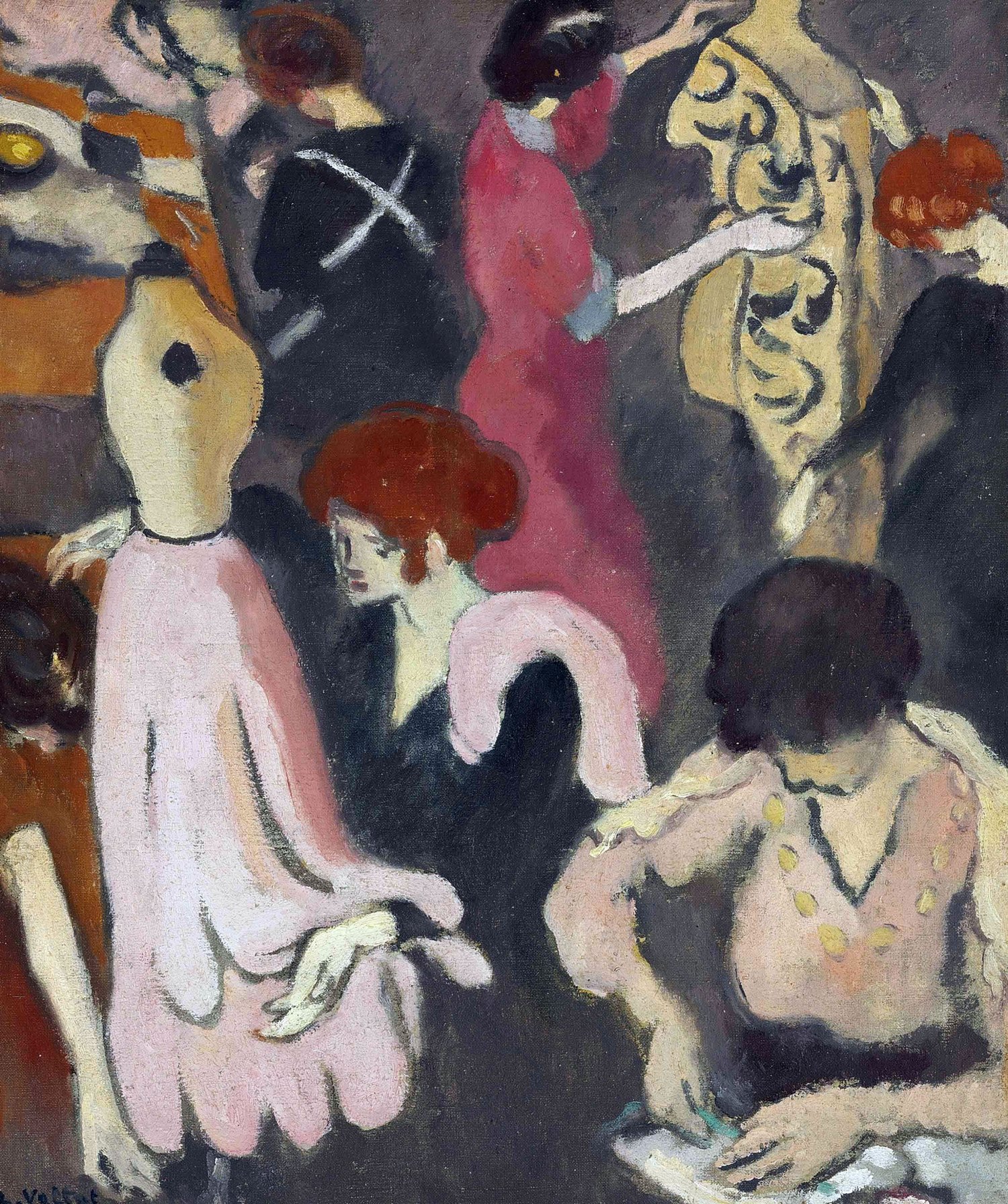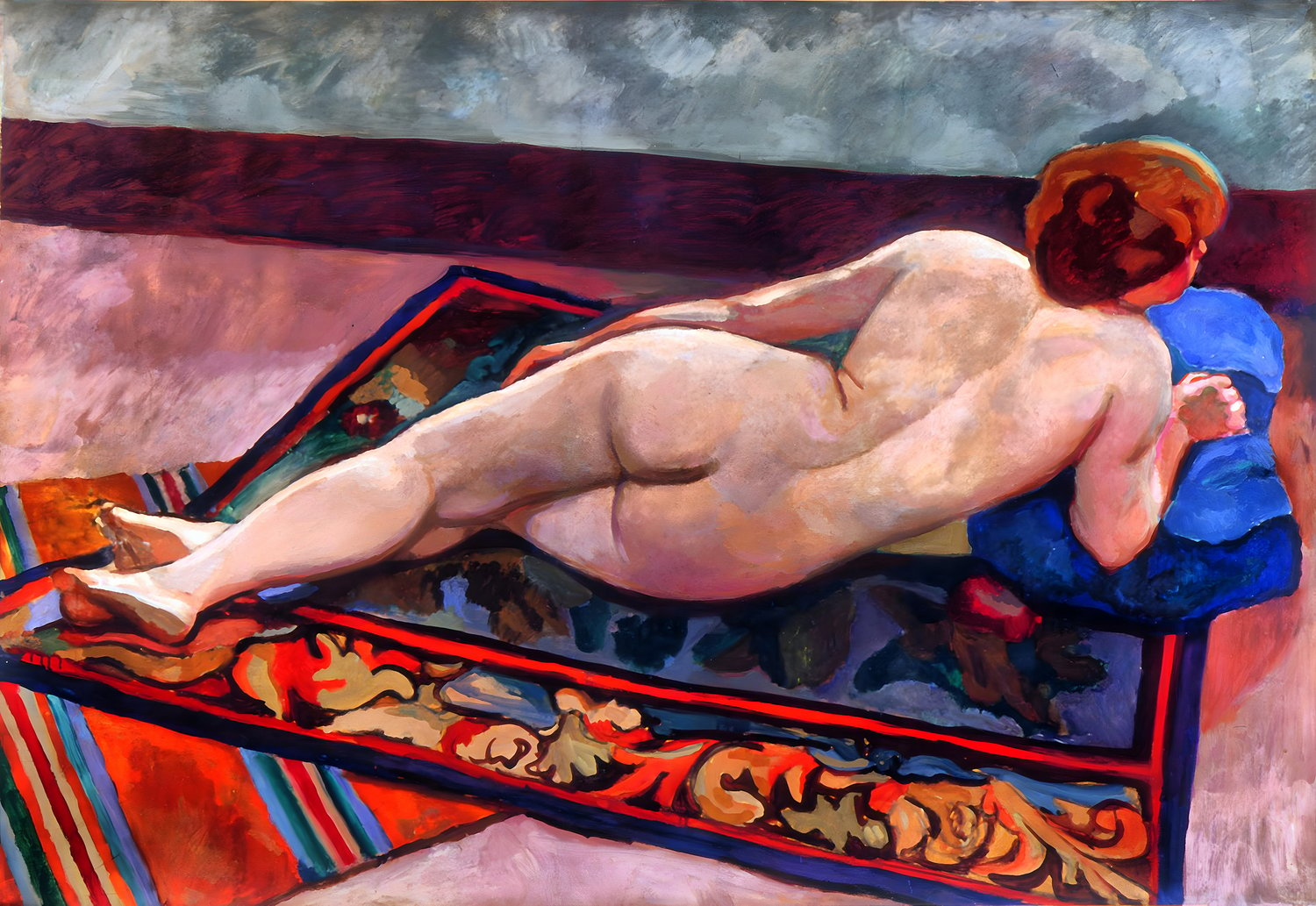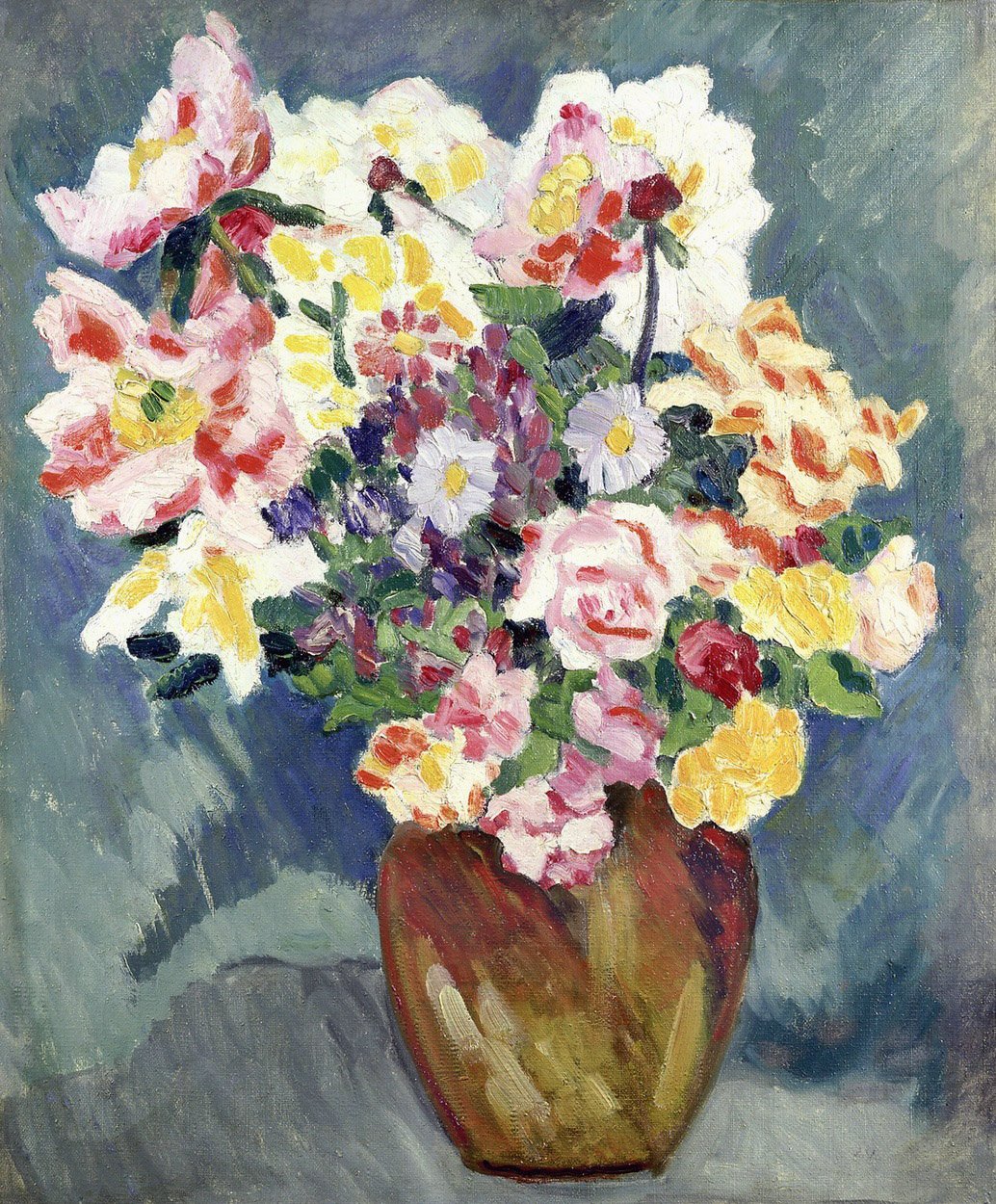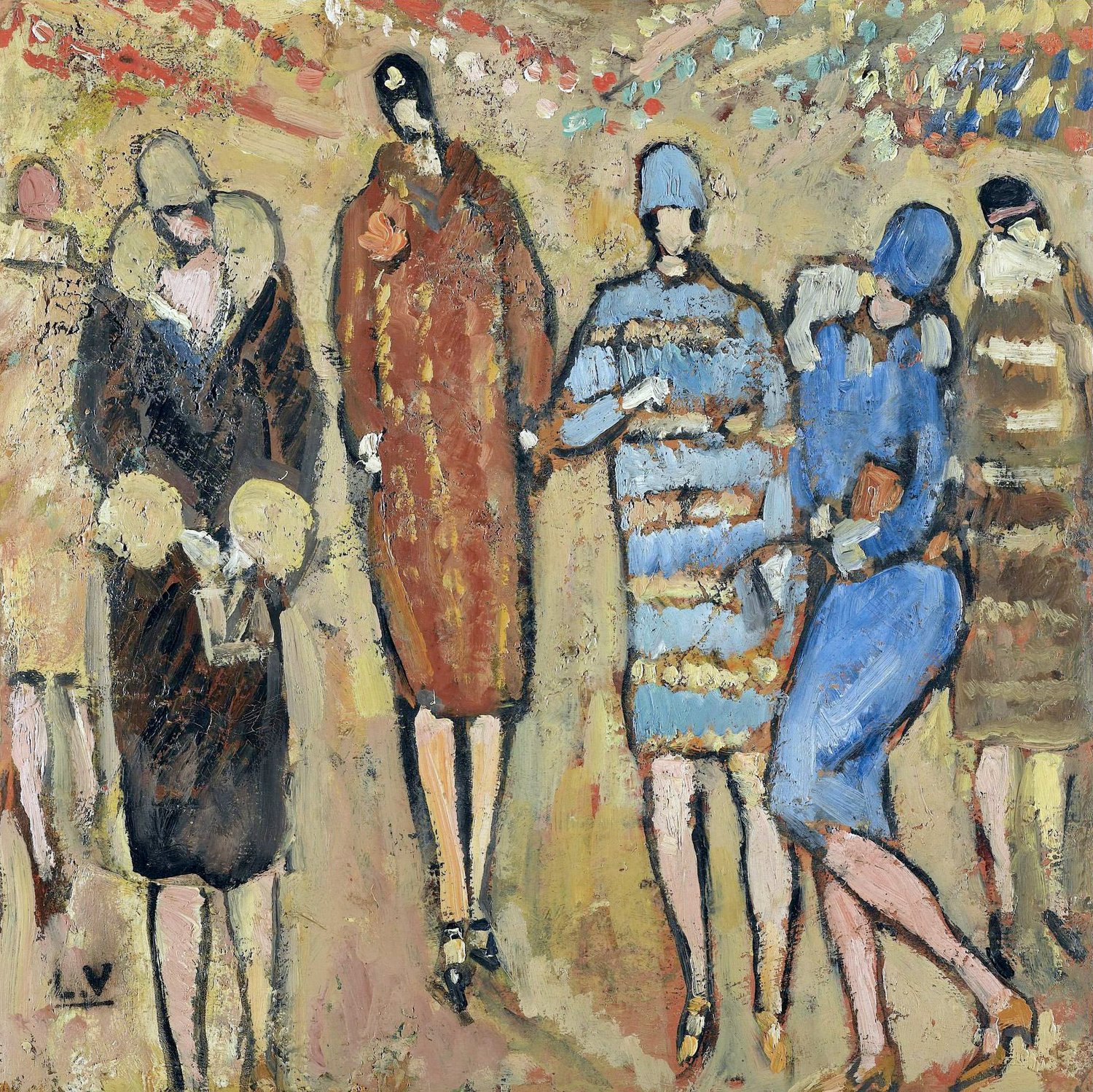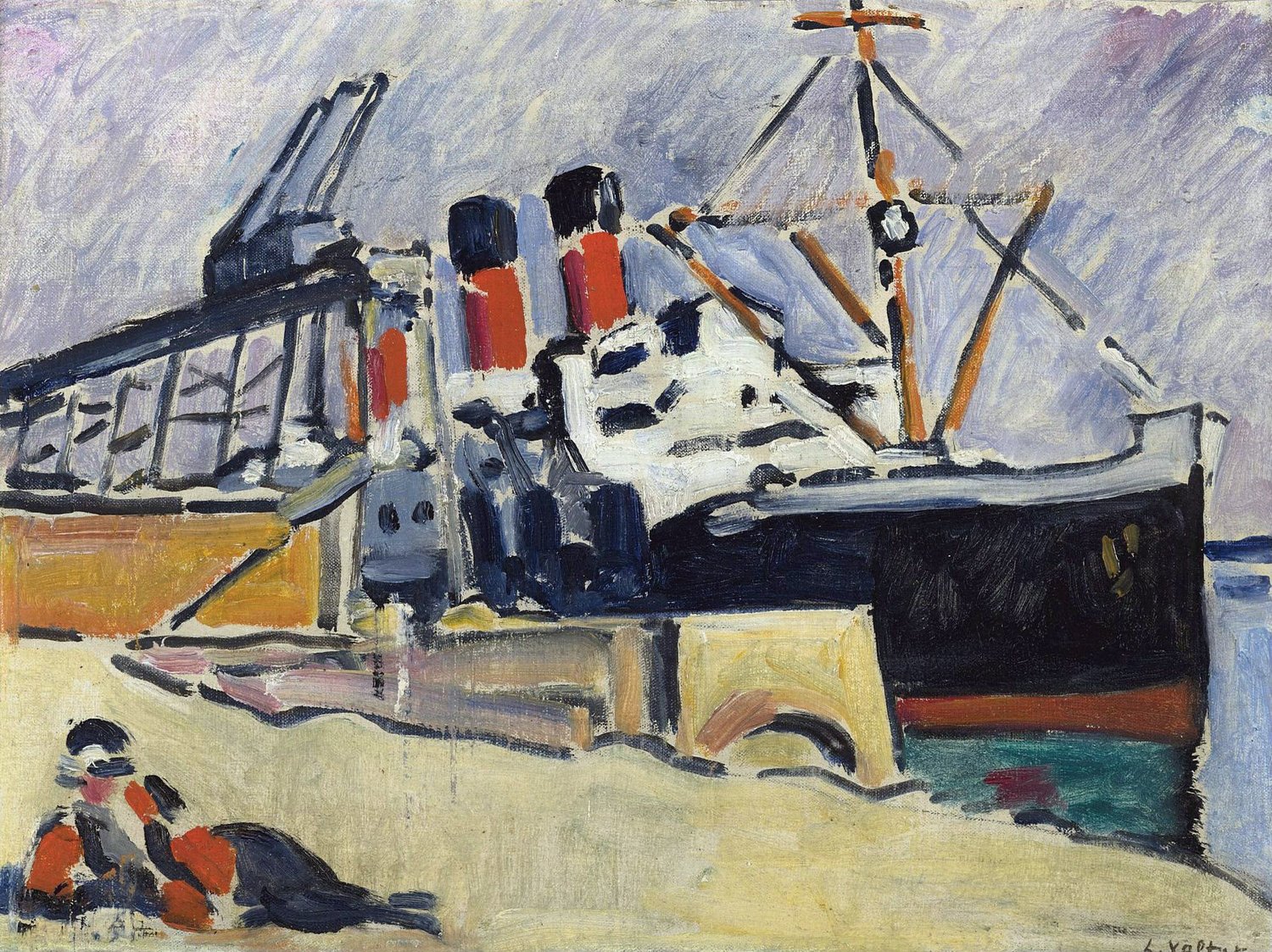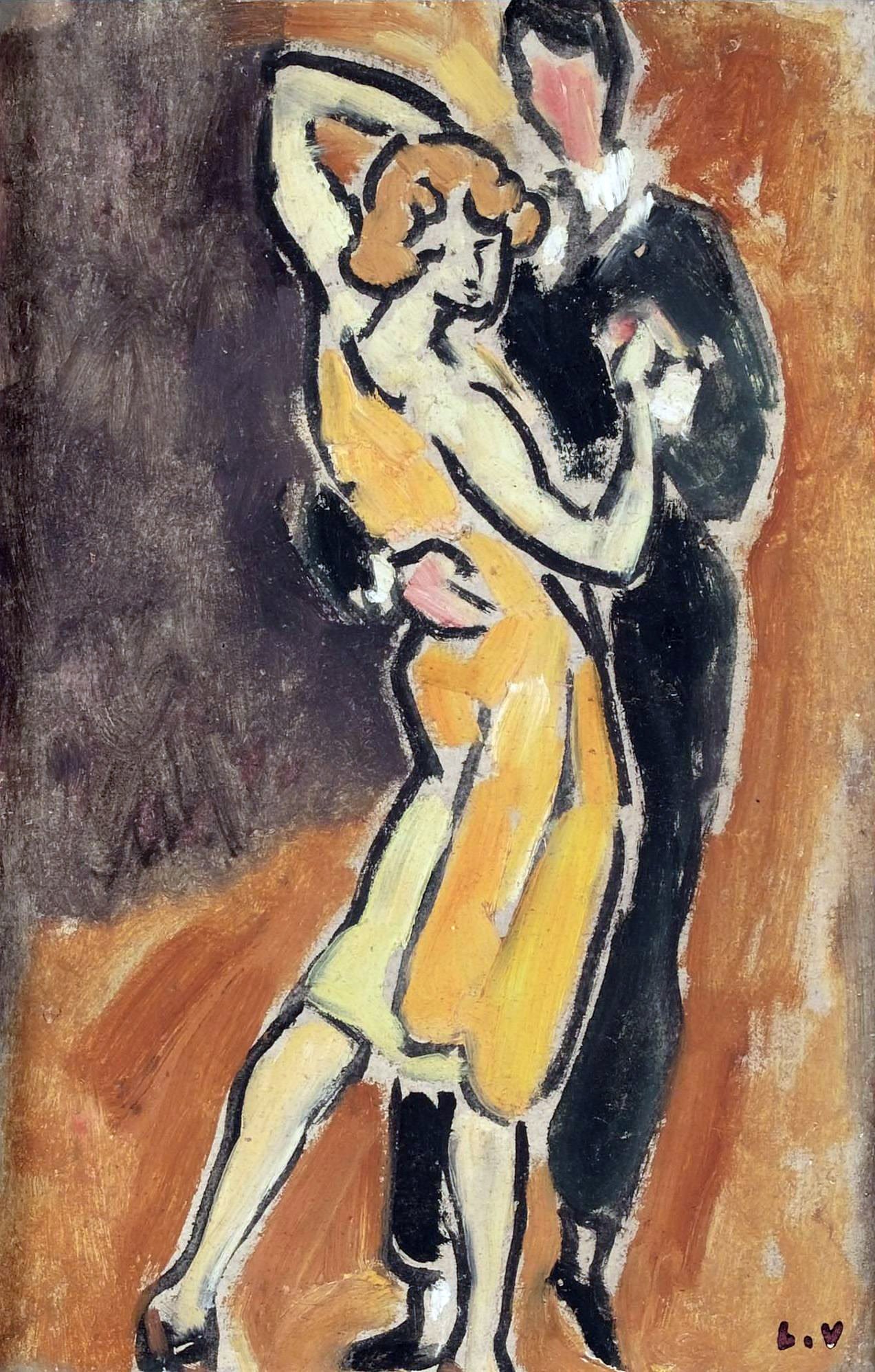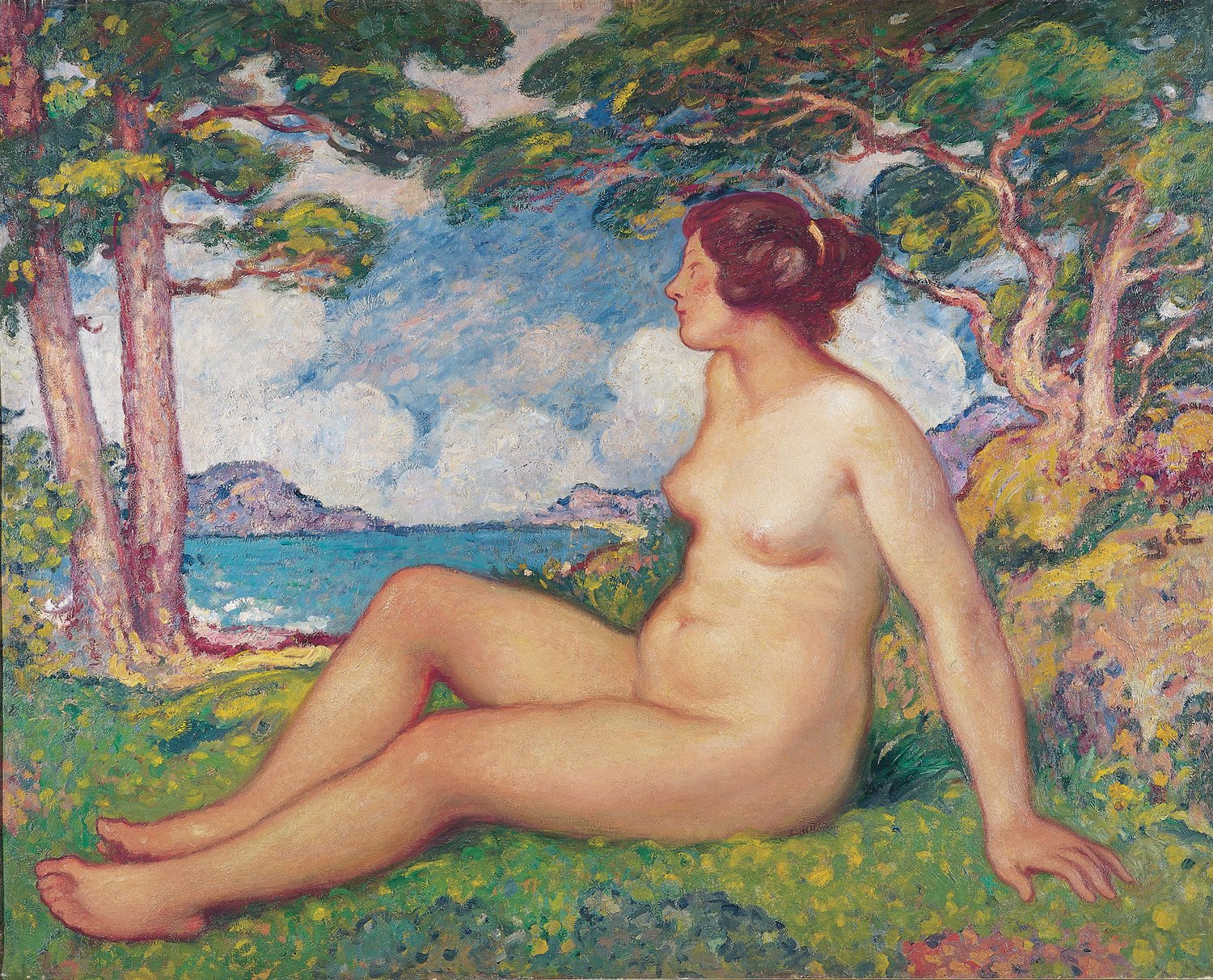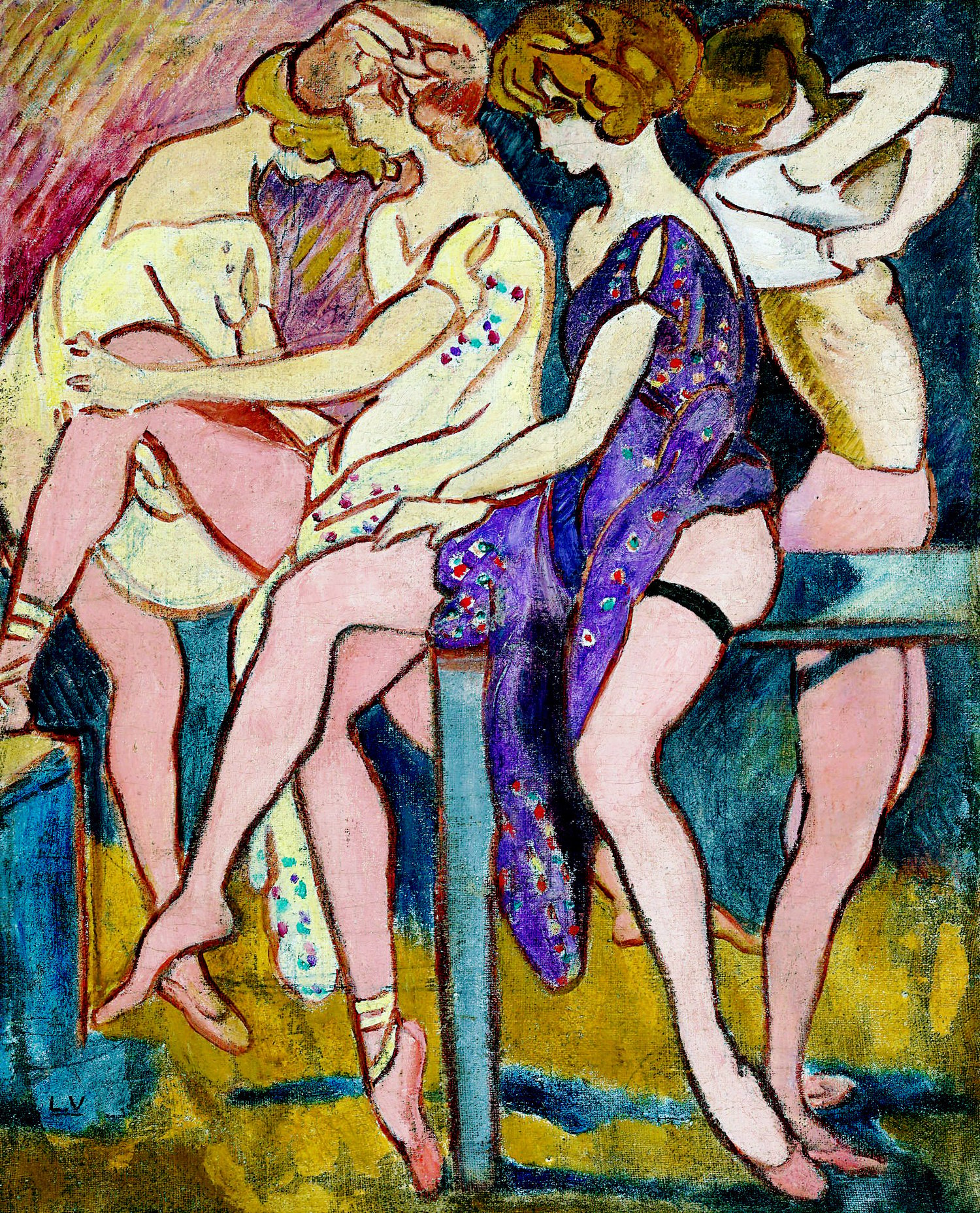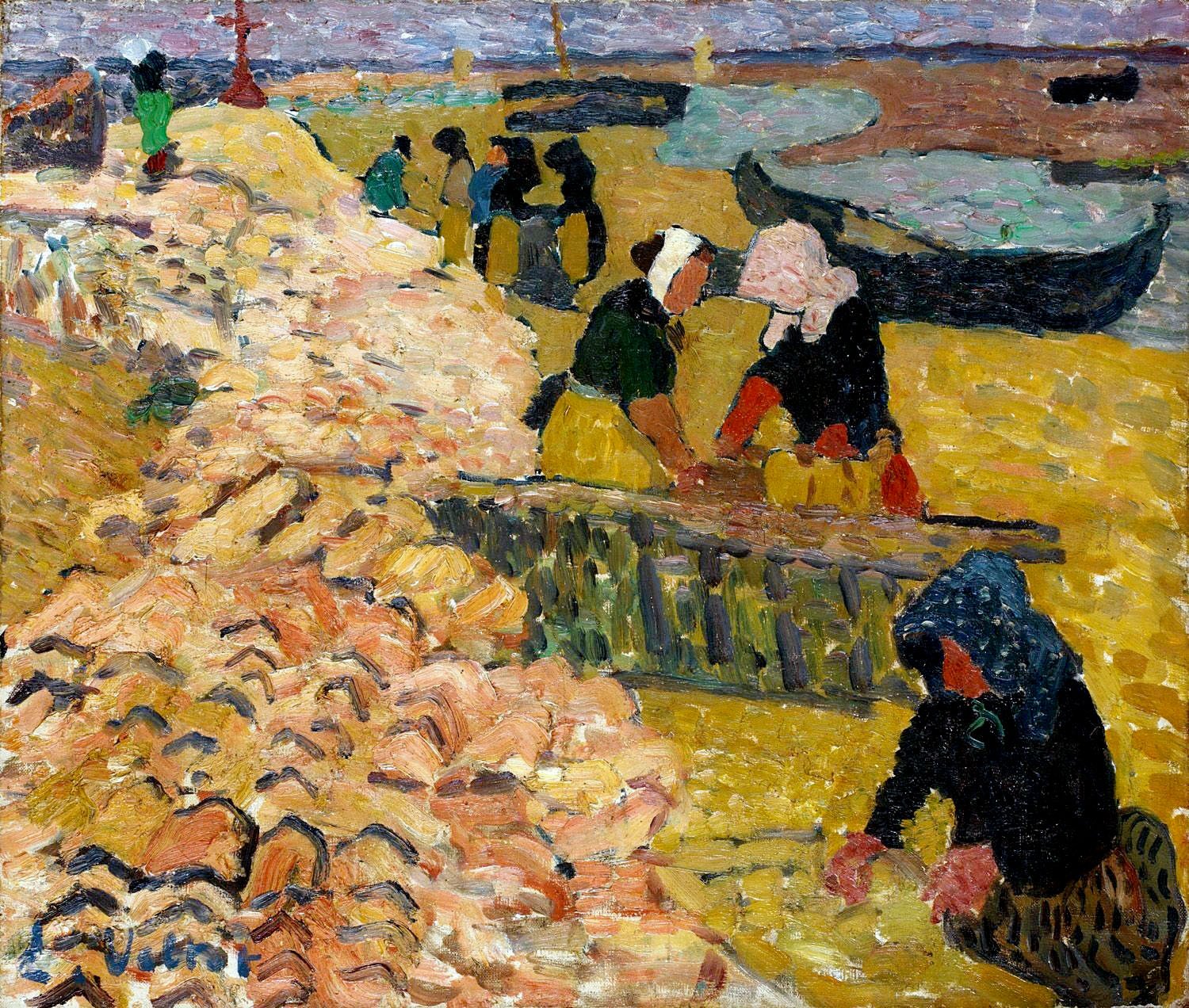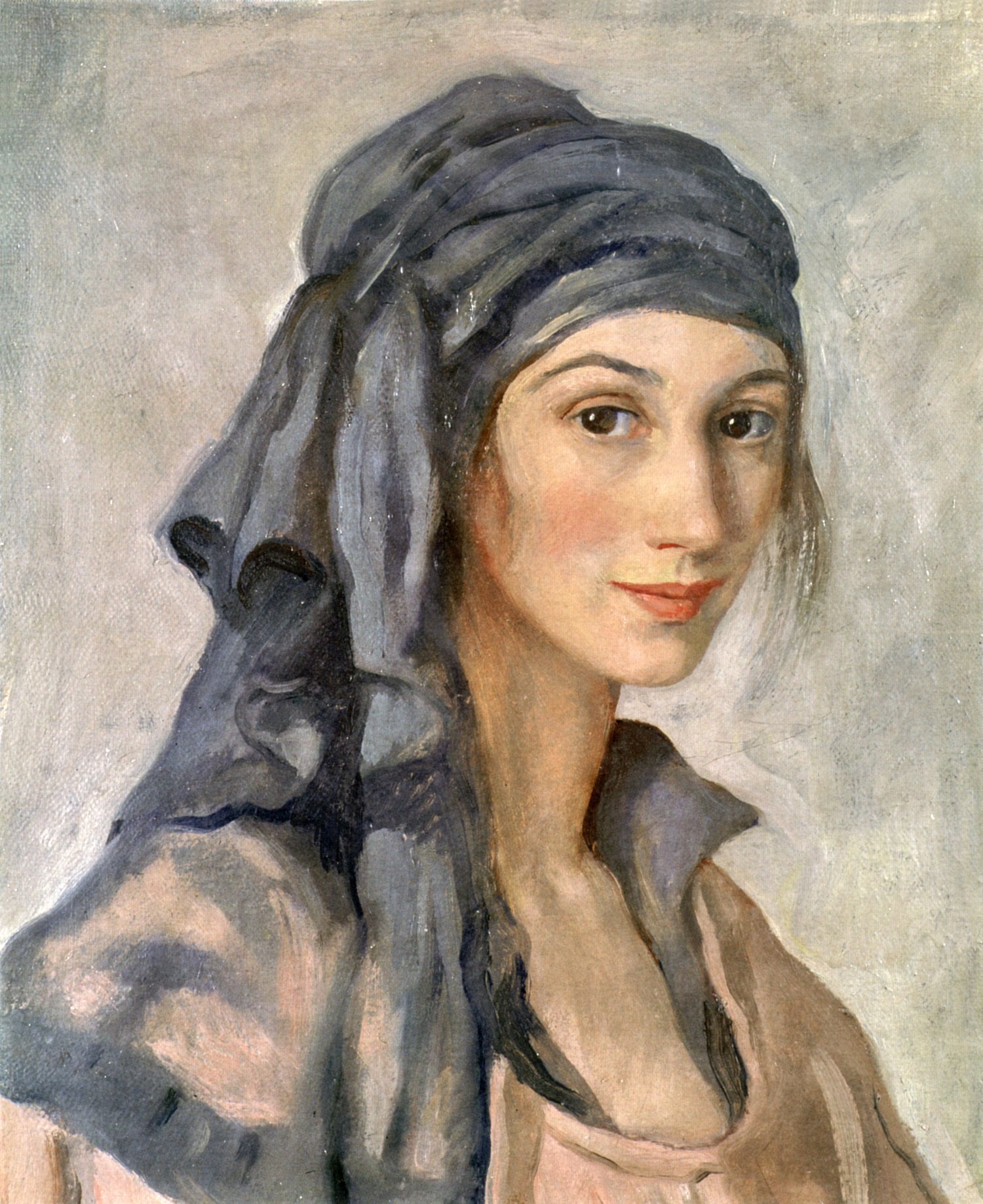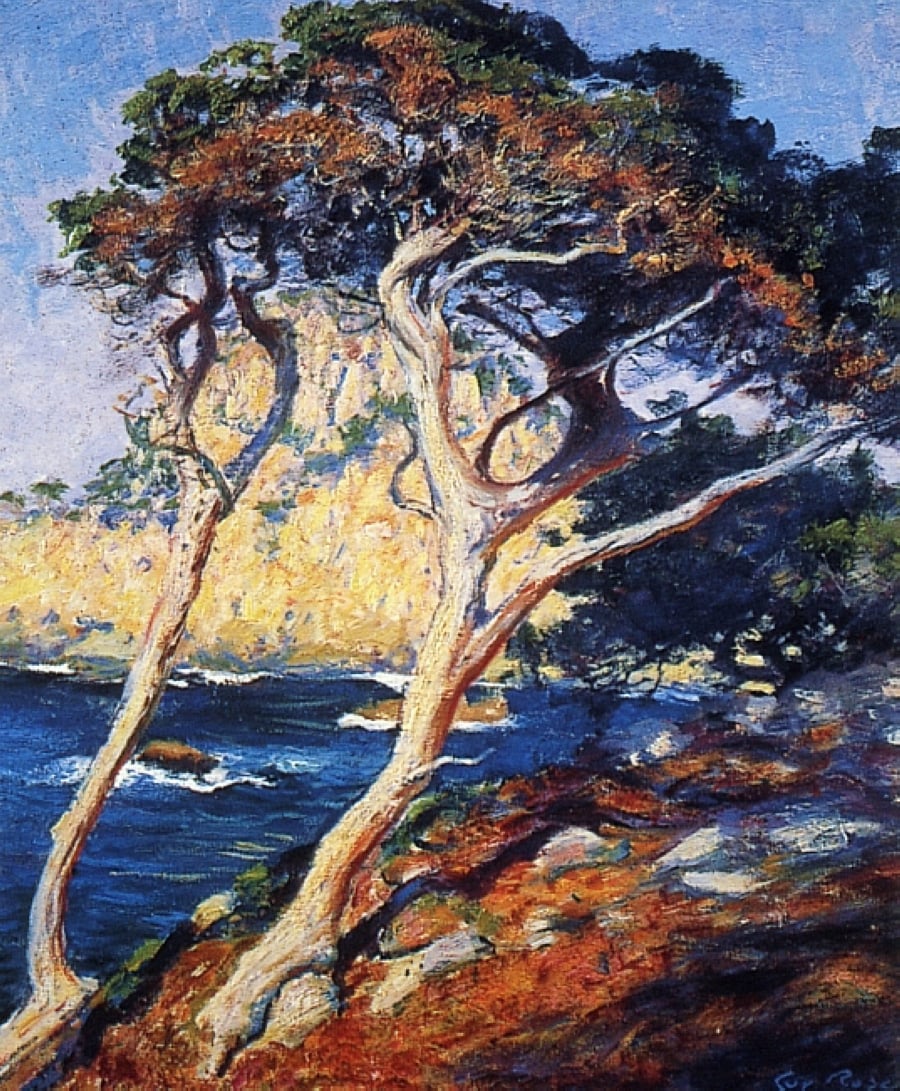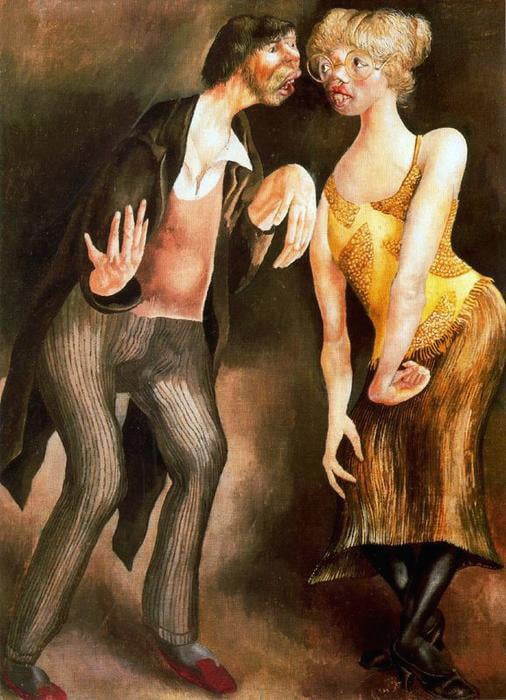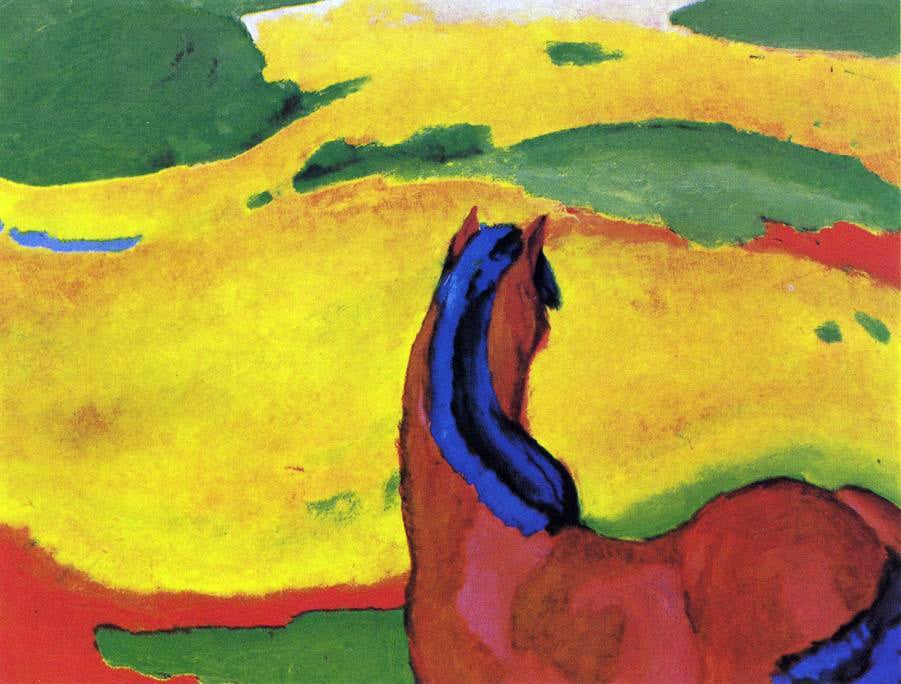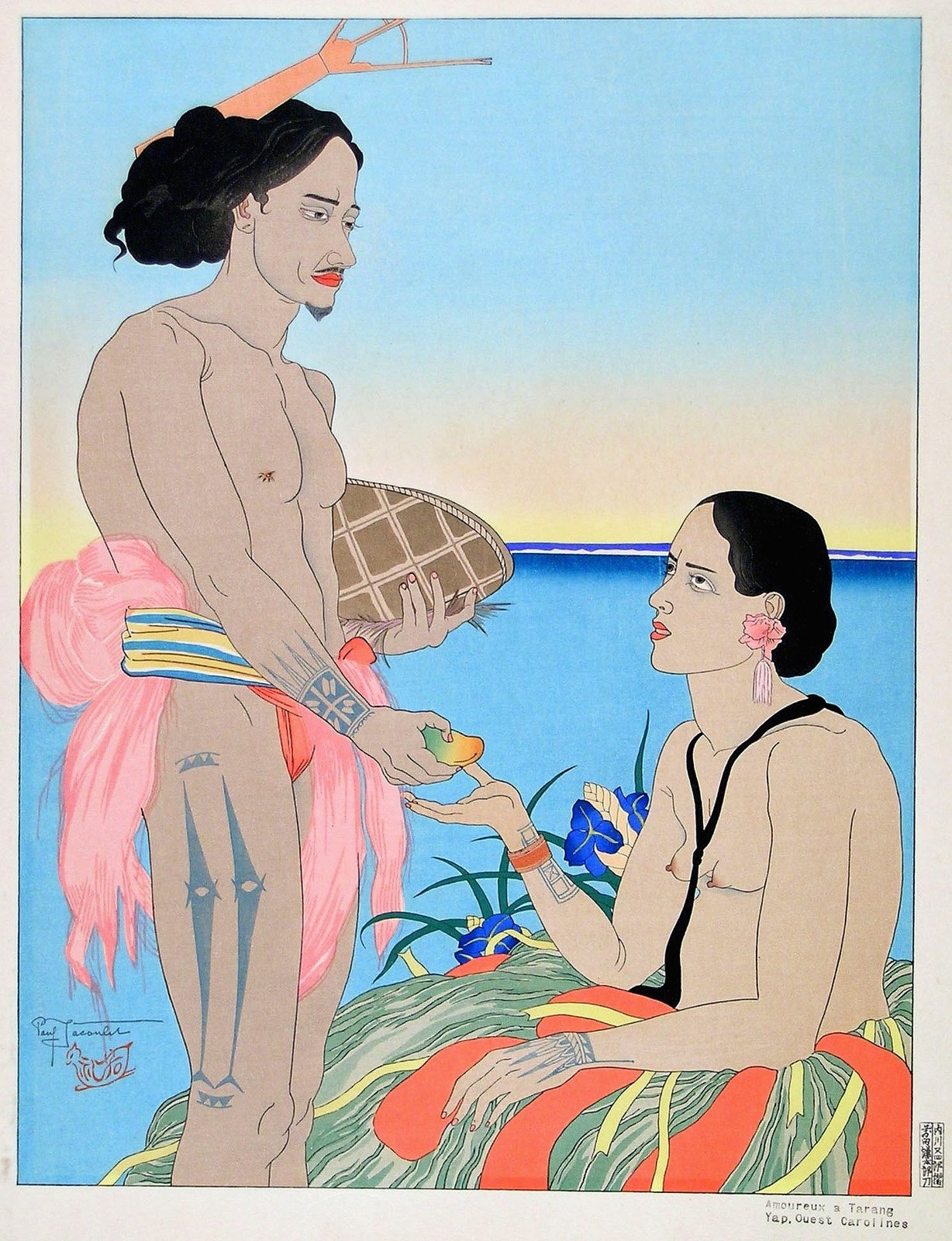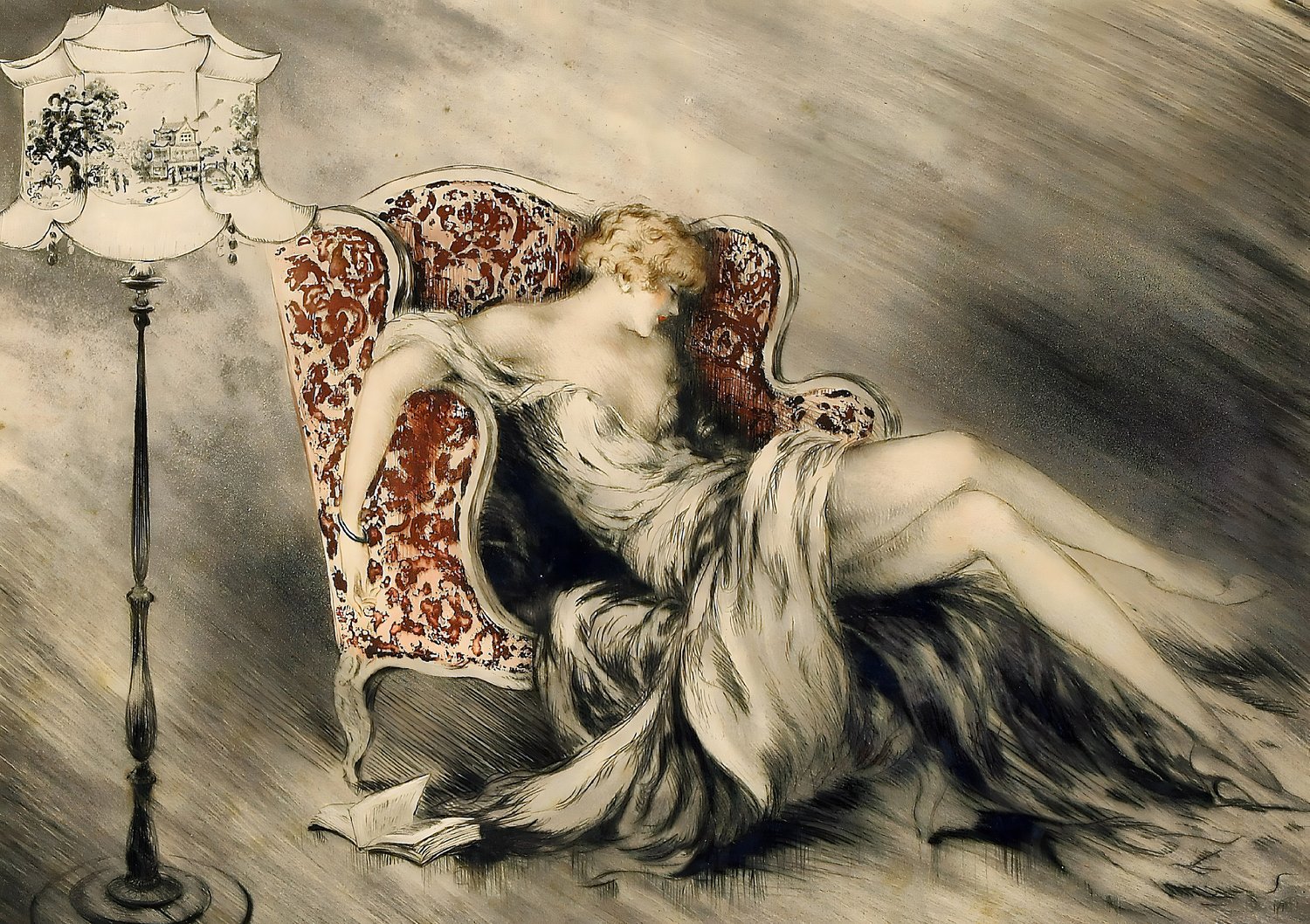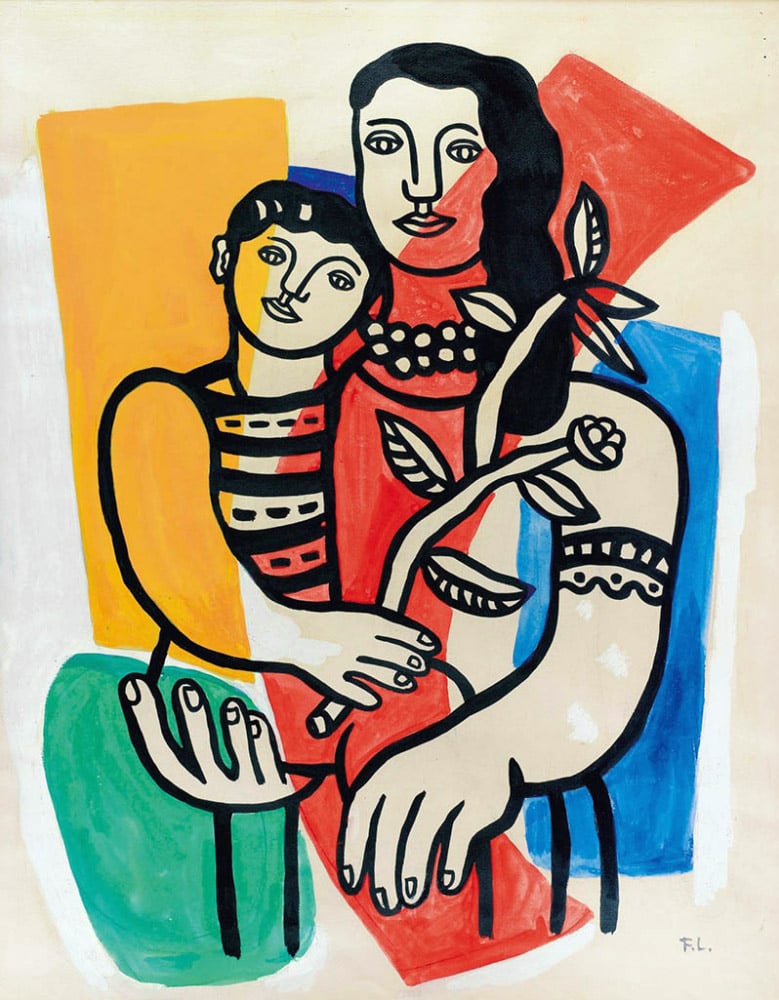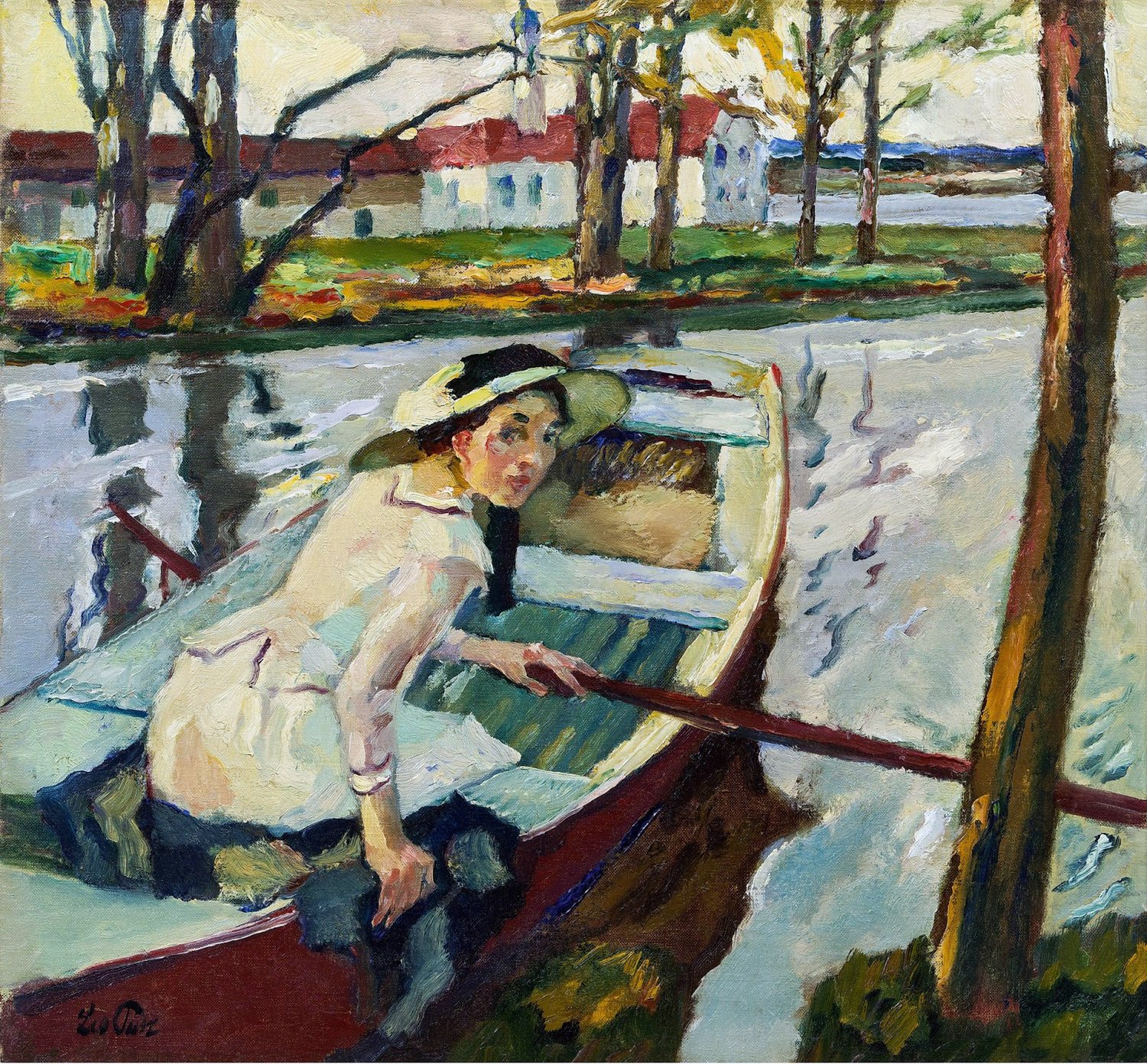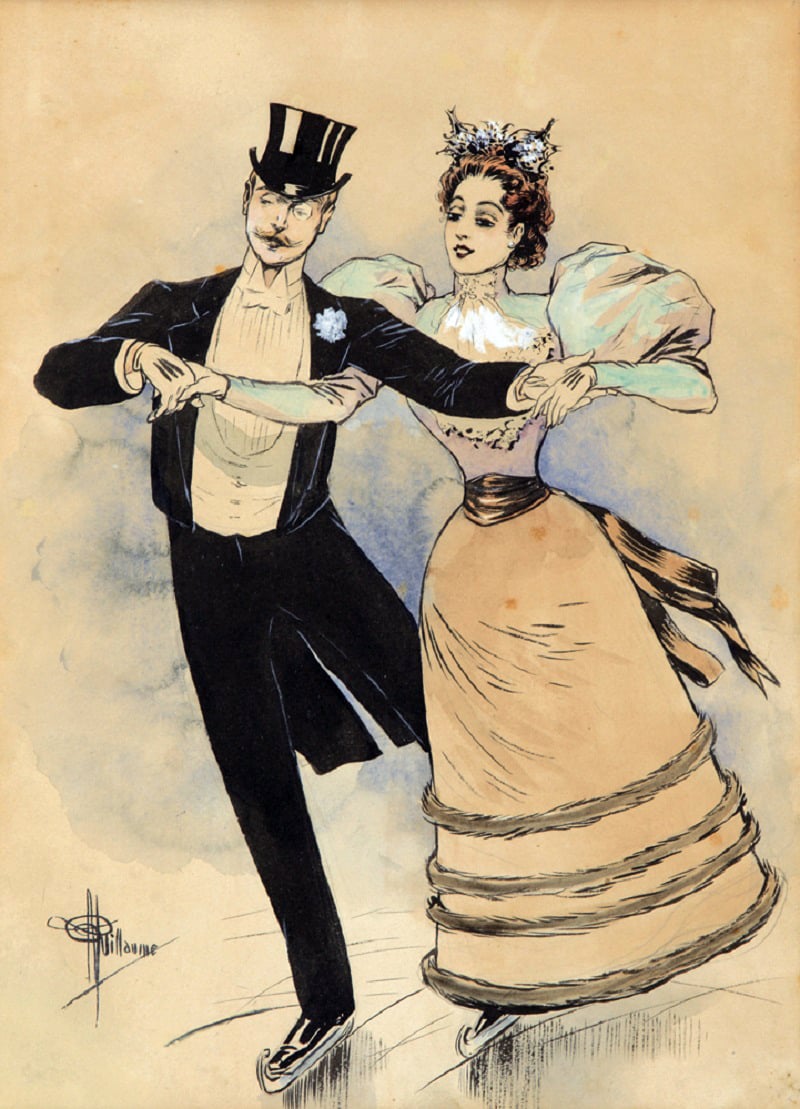French postimpressionist Louis Valtat
On Sale
$0.00
$4.99

E-book in PDF-format with quantity of masterpieces of this artist for your Home Museum.
Louis Valtat, 1869-1952) is a French Post-Impressionist artist, a prominent representative and one of the pioneers of Fauvism.Louis Valtat was born in 1869 in Dieppe. Then his family moved to Versailles, where he was educated at the local lyceum. He continued his art education at the School of Fine Arts, and then at the Julian Academy, where he met and became friends with Albert Andre and Pierre Bonnard.
From the middle of the 1890s, due to attacks of tuberculosis, most of the time Waltat lived in the south of France (1897-1914). However, beginning in the winter of 1897-98, he started wishing to spend the winter season in Ageia, a small fishing village near San Rafael, and later in Anteor, ten kilometers from Ageea. In March 1899, Paul Signac organized a collective exhibition at the Durand-Ruel Gallery, where Valtat presented twenty paintings, under the general title of Notations d'Agay, in 1899.
In 1900, Ambroise Vollard concluded a contract with him (thanks to the recommendation of Renoir, with whom Valtat was friendly) a contract for the purchase of all his paintings for the next 10 years.
However, the most resonant for this period, no doubt, was the 1905 exhibition in the Autumn Salon, where pictures of young painters, nicknamed, Fauves (les fauves - Fr: wild animals - the emotional characteristics of the critic Louis Vosil, given to them under the impression of seen), caused an outburst of indignation of the French public and critics, who evidently believed that nothing "worse" than Impressionism, Neo-Impressionism and Post-Impressionism (with which they somehow already reconciled) could no longer be.
In 1914, Valtat returned to Paris, he settled on Vahram Avenue,where he had a workshop. During this period, he drew inspiration while visiting the Bois de Boulogne (a common motif of his works). In the spring and summer he liked to travel to the north coast to Normandy - for a plein-air work. In 1924, the artist bought a house in Choiseul (in the Chevreuse Valley),where he spent most of the year. The famous garden (according to the creative influence of the famous garden of Claude Monet in Giverny), broken by the artist near his house, became a source of inspiration for many of his paintings, as well as flowers and fruits that he grew. By that time, Waltat received formal recognition and in 1927 received the title of Chevalier of the Legion of Honor.
During the German invasion of 1940 and the subsequent occupation, Waltat began serious eye problems (glaucoma), he seldom left his studio on Avenue de Vaagram,where he created his latest works, dated 1948.
The artist died in 1952 in Paris


